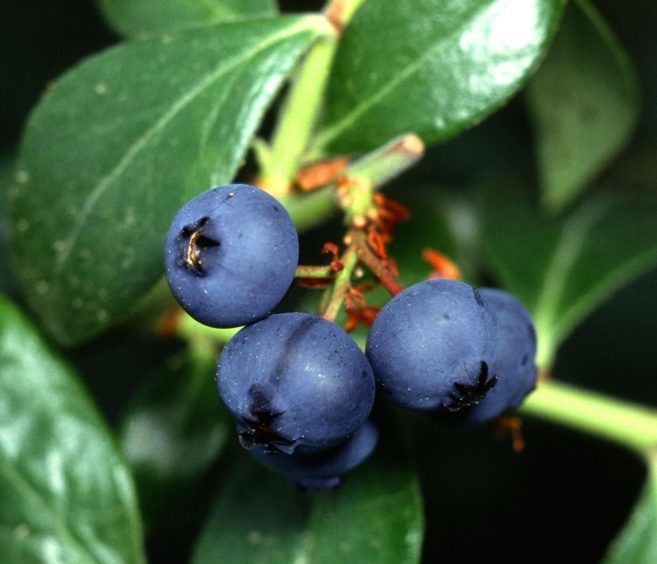Life appears to move forward at an ever increasing pace.
My early childhood days are unrecognisable today.
We never knew about information technology and only the better off had television, so everyone played outdoors.
We had woods nearby and hills (Sidlaw Hills) to climb only a two hour walk away from our housing estate (St. Mary’s.)
No-one knew of any dangers, and no-one came to any harm, but we did learn a lot about nature and got any amount of outdoor exercise.
Older kids passed down their knowledge to us so we learned about blaeberry picking, collecting wild strawberries, picking sheep sorrel from the woodland floor (botanically called Rumex acetosella, but we called it surix) and on our bicycle trips to the raspberry fields in Longforgan we would stop under the cherry trees along the Perth road and eat whatever fruit was ripe.
As we got older we never forgot our childhood adventures but looked into this natural edible landscape with greater interest.
As kids from the town we took every opportunity to get into the countryside both for play as well as earning some money picking raspberries, strawberries then in autumn it was potato picking.
Looking back with hindsight you could say it must have been hard work for kids, and we must have been poor, but it was really great fun while we were young and fit and the extra money boosted our income (pocket money.)
Today life is very different with all our kids needs close at hand as long as they have the latest mobile phone.
The countryside is no longer viewed as a place of discovery as ability to travel all over the world and this country is normal and all their food needs are available at the supermarket, so they never learn how food is produced.
This lack of outdoor education is recognised, and local communities and schools are beginning to address this problem.
Edible landscapes are being created within schools as well as other outdoor landscape areas.
Although in its infancy it is becoming very popular with schools, and some communities are getting involved in planting up outdoor landscapes using a wide range of edible plants, both for use and for education of our children.
Kids love to handle seeds, cuttings, plants and learn how they are used for dyes, basket making, fibres, brushes, fuel, soap, insecticide and the benefits of green manures on cultivated land.
Forest gardens are another development on a larger scale within a woodland setting, but plants chosen are useful or edible and form a woodland flora from the taller canopy trees such as walnut, sweet chestnut and edible lime trees to the forest floor layers such as blueberries and wild garlic.
There are also many edible plants that prefer a pond or bog garden from watercress to reeds, cranberries, white water lily, and other plants that have edible rhizomes, leaves, fruit and seeds.
We grow apples, pears, plums and cherries in our gardens, but we can also diverse with mulberries, hazelnuts, saskatoons, chokeberries, quince, medlar, fuchsia, figs and hardy outdoor grapes.
Brambles, Tayberries and loganberries make excellent climbers, and currants, raspberries and gooseberries will form good hedges.
Plants with edible leaves include lime trees, nettles, sorrel, bamboo (shoots), campanula, and wild garlic, and the list of herbs and medicinal plants is enormous. Many herbs have medicinal value but rosemary, thyme, sage and mint is used for flavouring many meat dishes and kale and Swiss chard are excellent in a stir fry.
We encourage our kids to try out a bit of gardening with growing pumpkins and sunflowers but there is another world just waiting to be discovered with plants and their uses.
Wee jobs to do this week
Prune any evergreen shrubs that are getting too straggly or encroaching on other plants space. Some plants such as the Euonymus and Elaeagnus are quite happy to be kept contained as they regrow from cut branches easily.
However bear in mind their natural shape and avoid all attempts to cut them into square or round balls.







